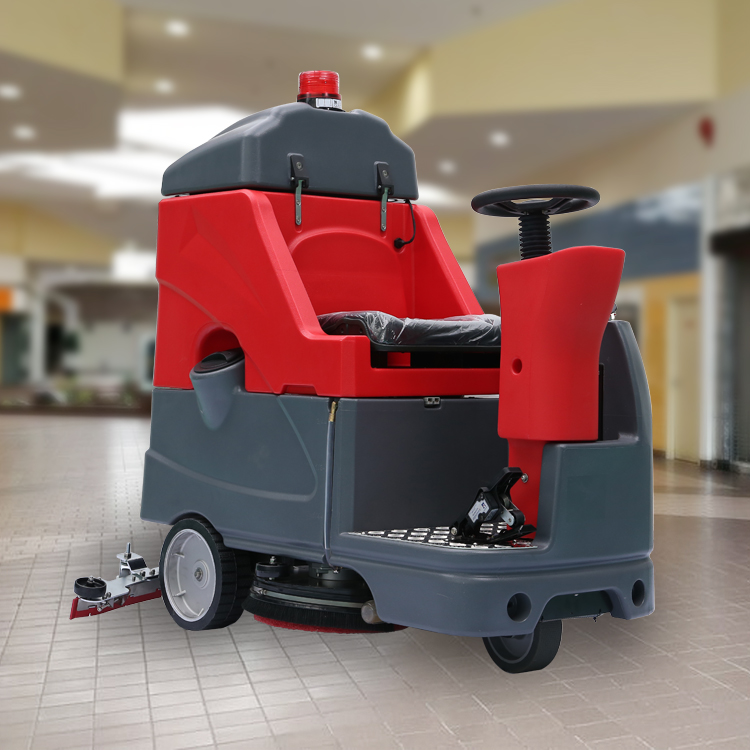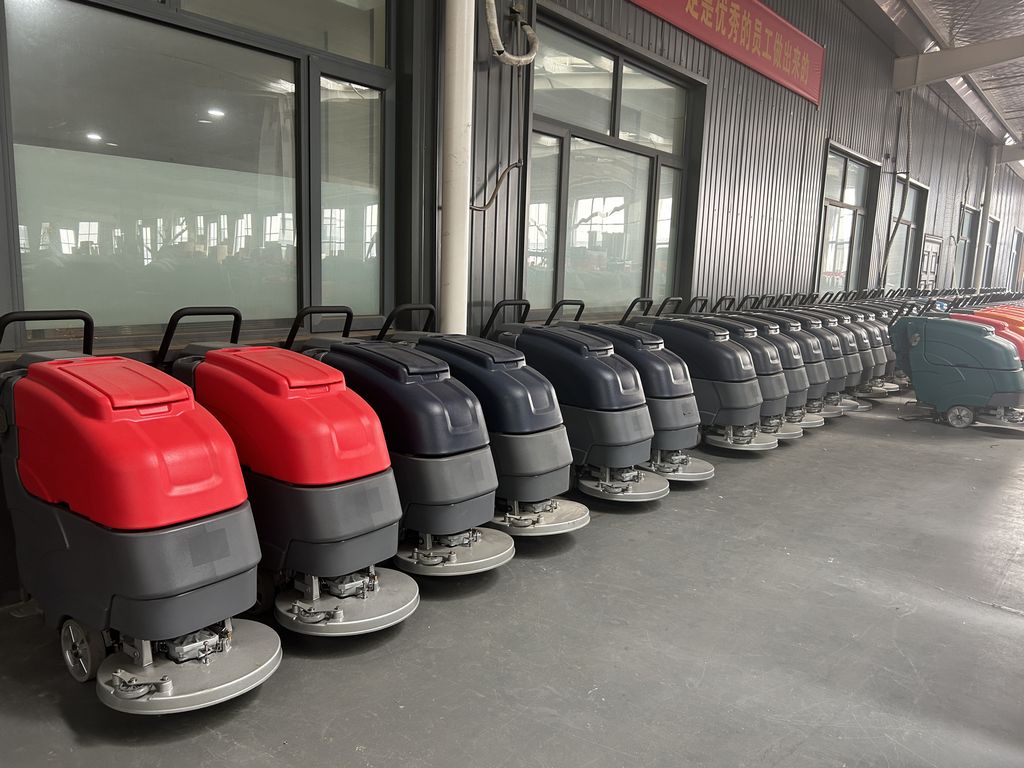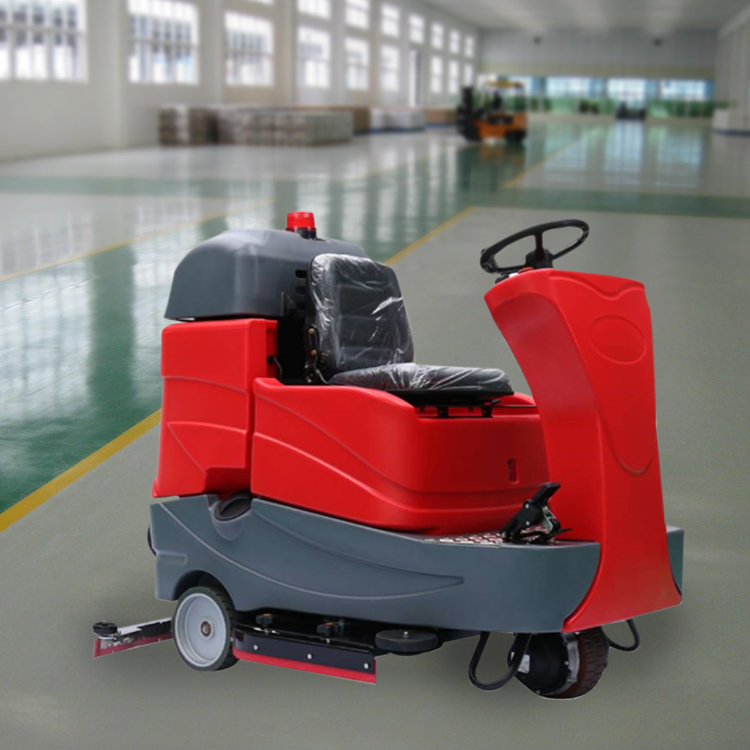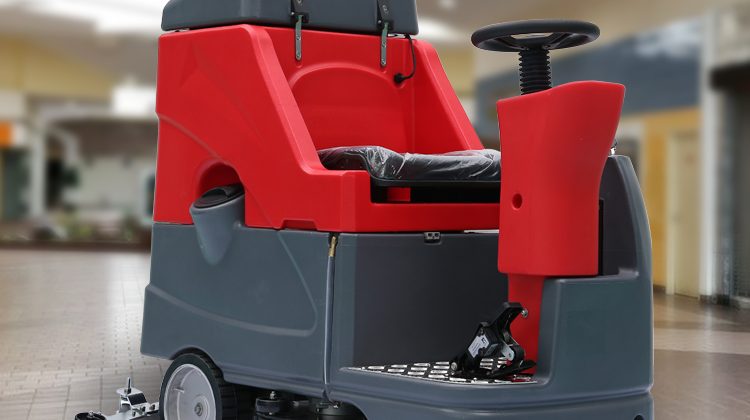
So, I’ve been thinking a lot lately about how weirdly satisfying it is to operate heavy machinery. Maybe it’s the control? Or the hum of the engine? Either way, driving a floor cleaning machine has become my unexpected zen activity. Last week, my coworker joked that I treat our industrial scrubber like it’s a sports car. Honestly, he’s not wrong—there’s an art to maneuvering these things without leaving streaks or missing spots.

Let’s start with the basics. A floor cleaning machine, whether it’s a ride-on scrubber or a walk-behind sweeper, isn’t just about pushing buttons and hoping for the best. You’ve got to understand the terrain. Is the floor concrete, tile, or something delicate like epoxy? Each surface affects how you adjust the machine’s pressure, water flow, and brush speed. Pro tip: Always test a small area first. Trust me, nobody wants to explain why the warehouse floor now has a bald patch.
Here’s where people mess up: they ignore the manual. Yeah, I know—reading instructions feels like homework. But skipping that step is like trying to bake a cake without knowing the oven temperature. The manual explains everything from battery maintenance (super important) to troubleshooting error codes. For example, did you know that overloading the solution tank can reduce effeciency? Yep, that’s a common mistake.
Now, about technique. Driving a floor cleaning machine isn’t just going in straight lines. You’ve gotta overlap your paths slightly to avoid missed sections. Imagine mowing a lawn but with more precision. And turns? Wide arcs work better than sharp pivots—unless you enjoy leaving puddles in your wake. Oh, and slow down near edges! Scraping a wall isn’t just noisy; it’s a one-way ticket to “Why does this thing sound like a dying robot?”

Safety first, folks. Those machines are heavy, and wet floors are slippery. Wear non-slip shoes, keep the area cordoned off, and double-check that emergency stop button. Once saw a guy panic and accidentally reverse into a pallet rack. Let’s just say the cleanup after the cleanup wasn’t fun.
Maintenance is another biggie. Empty the recovery tank regularly—nobody likes the smell of stale dirty water. Clean the brushes and squeegees after each use, and check for debris stuck in the wheels. A little effort here saves hours of downtime later. Oh, and if your machine starts making a weird clunking noise, don’t just turn up the radio. Investigate!
I’ll wrap this up with a story. Last month, I trained a new hire on driving the floor cleaning machine. He was nervous, kept oversteering, and almost took out a trash can. But by day three? Smooth operator. His secret? “I pretended I was vacuuming my grandma’s living room—slow and careful.” Turns out, grandma wisdom applies to industrial equipment too.
Whether you’re maintaining a mall, factory, or school, mastering the floor cleaning machine makes the job faster and safer. Plus, there’s something oddly rewarding about seeing a shiny floor you just scrubbed to perfection. Just remember: it’s not about speed; it’s about consistency. And maybe channeling your inner grandma.

